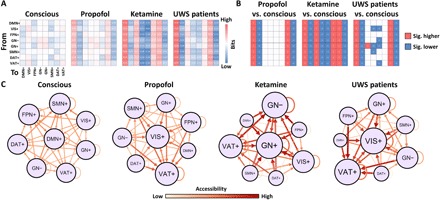Fig. 4. Descriptive complexity of trajectories among CAPs and their in-degree accessibility.

(A) Descriptive complexity of trajectories (in bits) between each pair of CAPs in the conscious condition (conscious), propofol-induced unresponsiveness (propofol), ketamine-induced unresponsiveness (ketamine), and in patients with UWS. (B) Significant differences of the descriptive complexity of trajectories for propofol versus conscious, ketamine versus conscious, and patients with UWS versus conscious. The null models were generated by 1000 permutations across the entire dataset. Significance level was determined at P < 0.001. (C) Schematic illustration for (A). The accessibility of each CAP is defined as the inverse of descriptive complexity. The node size is proportional to in-degree accessibility. The Gephi Force Atlas layout algorithm (https://gephi.org) was used.
